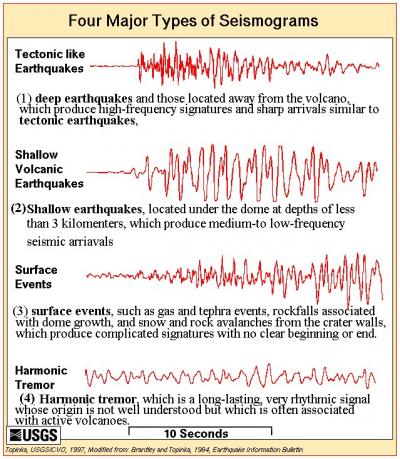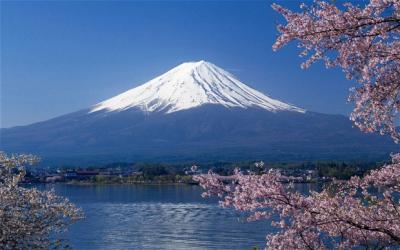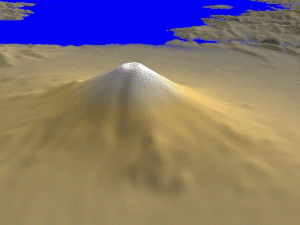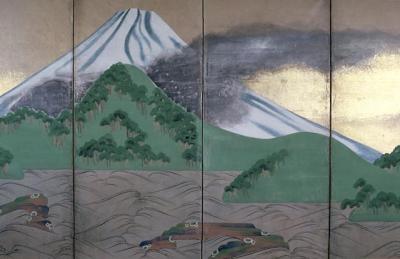
It is a question that is often asked: Can earthquakes trigger volcanic eruptions? The best way to answer such a question would be to say that this would only happen if the volcano were primed to erupt. A primed volcano is one that has the right conditions in place for a volcanic eruption, such as a build up of exsolved gas in the conduit, or an injection of new magma that has heated the magma reservoir, activating it. Usually, however, a normal earthquake is not enough to trigger a volcanic eruption, especially if there have been no signs of a looming eruption. There are earthquakes associated with volcanism, such as volcanic tremors, which are a result of magma rising through the crust, but these earthquakes are a result of magmatic activity, not the cause of volcanic activity.
It is very rare, therefore, to find situations where an earthquake has been linked to triggered a volcanic eruption. This makes the 1707 Mt Fuji eruption all the more interesting. Not only was it the last eruption at Mt Fuji, it was believed to be triggered by an earthquake in the area.

The name Mt Fuji brings to mind a beautiful conical stratovolcano, its peaked covered in snow, and the volcano located in cherry-blossom filled Japan. It is hard to imagine Mt Fuji as a violent, erupting volcano, causing havoc and destroying the surrounding areas. In 1707, however, that is exactly what happened.
On the 28th of October, 1707, an 8.6 magnitude earthquake struck off the coast of Japan, along the Nankai megathrust. Prior to the 2011 Tohoku earthquake, this was considered Japan’s largest earthquake. The areas most affected by this earthquake were SW Honshu, SE Kyushu, and Shikoku. In addition to this earthquake, the generated tsunami managed to cause even more destruction as well as over 5000 deaths.
Mt Fuji is located in the Honshu province and two hours west of Tokyo. Analyses of the magma chambers within Mt Fuji have shown two levels of magma chambers, at around 8 km and 20 km. Some studies have shown (Chelsey et al., 2012) that the earthquake compressed these two magma chambers, at the same time stopping up the conduit exiting the 8 km deep magma chamber. This would mean that any pressure building up in the magma chamber (because of the compression) would not be released. In addition to compressing the magma chambers, the earthquake also opened up the conduit between the 20 km and 8 km magma chambers, allowing the hot, basaltic magma from 20 km to rise up and start mixing with the cooler, dacitic 8 km magma chamber. This induced magma mixing, because of the stress change in the region as a result of the earthquake, subsequently caused Mt Fuji to erupt 49 days after the earthquake, on the 16th of December, 1707.

This eruption, known as the Hoei eruption of Mt Fuji, lasted until the 1st of January, 1708. There were no lava flows associated with this eruption; 800 million cubic meters of ash was released instead. The eruption itself was ranked as a VEI 5 (Volcano Explosivity Index). The ash blanketed the surrounding areas, reaching as far as 100 km away. As a result of this ash building up in the region, rain washed the ash into streams and rivers, filling them up and even damming them. In August, 1708, these dams broke, causing a flood of mud and volcanic ash, which blanketed the downstream regions.


Mt Fuji’s 1707 eruption may or may not have been a result of the earthquake, but the link between the two events is very strong. The thing to remember is that earthquakes don’t always trigger volcanic eruptions, and if there appears to be a correlation, the magma chamber was most likely in a condition ready to erupt; the earthquake would just be the straw that breaks the camel’s back.